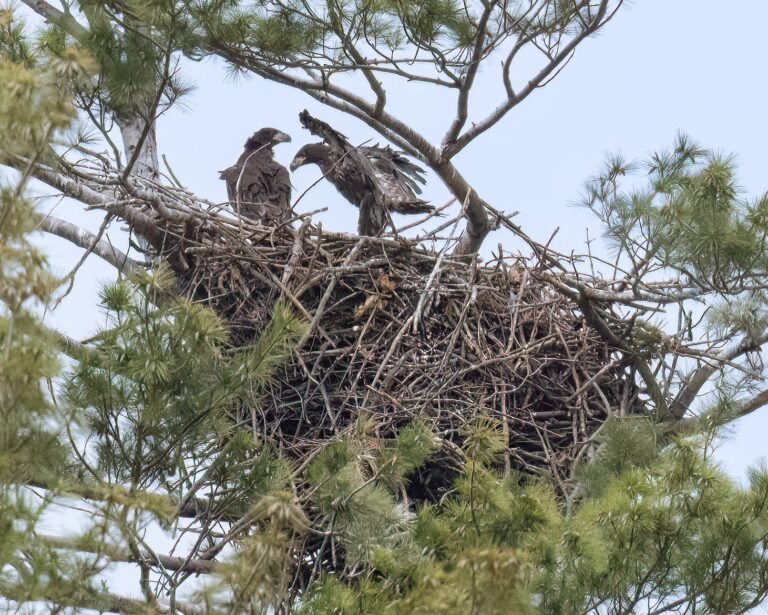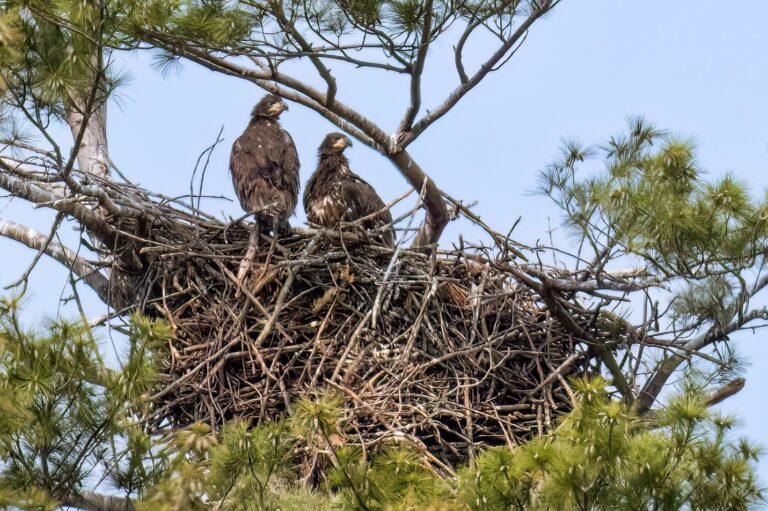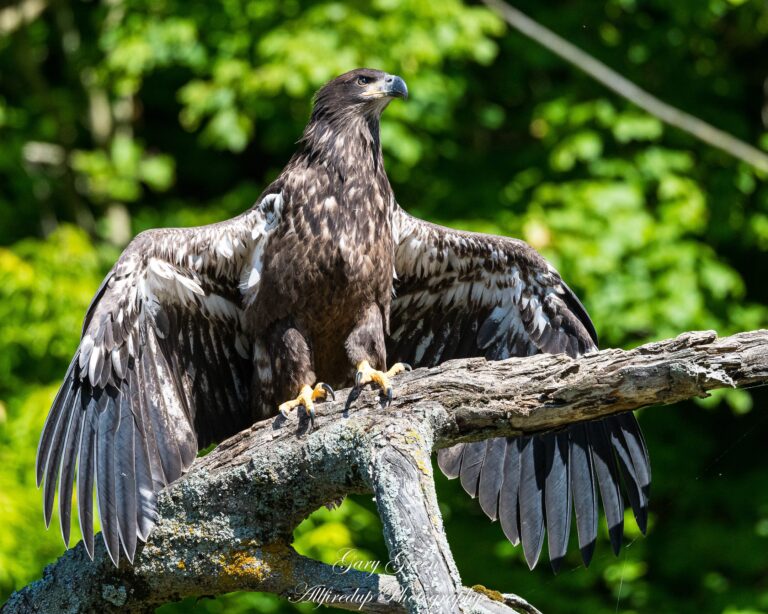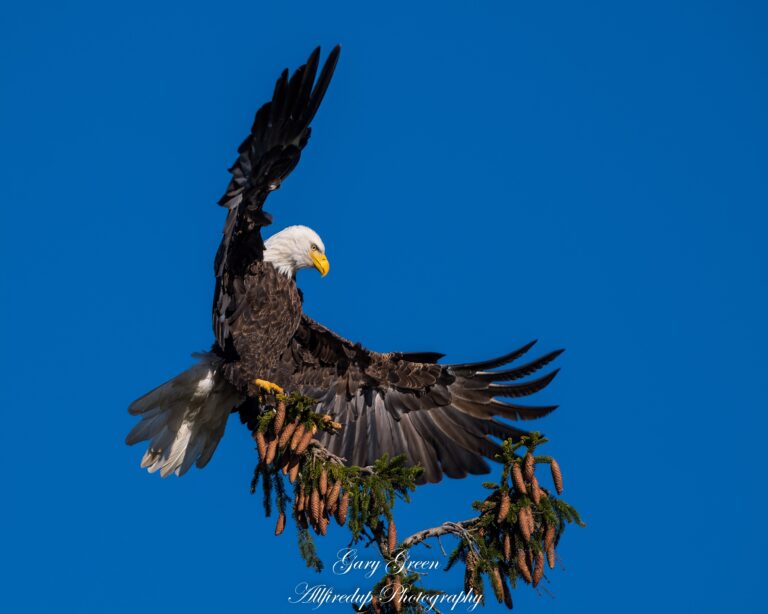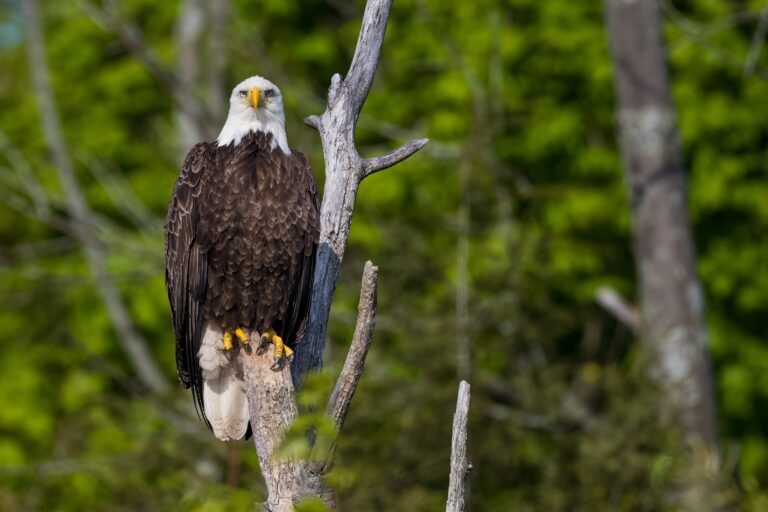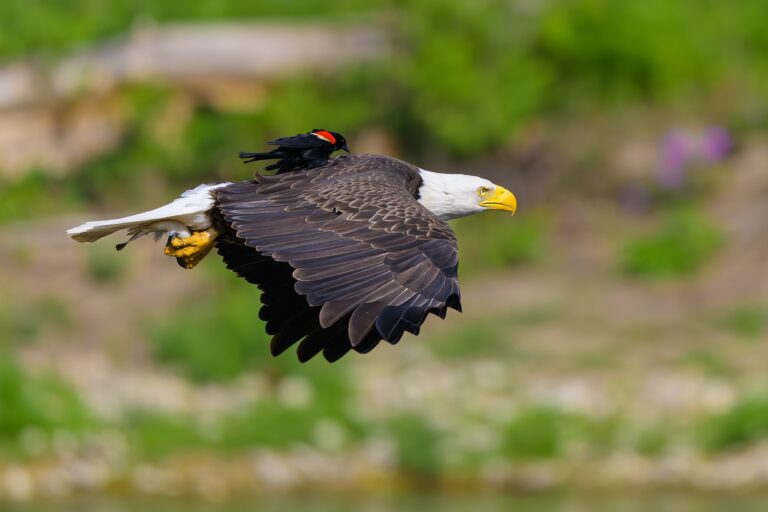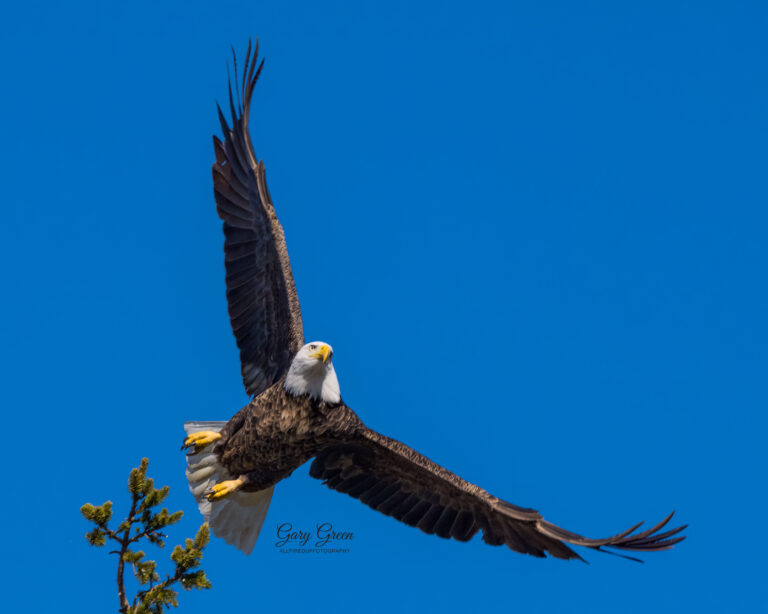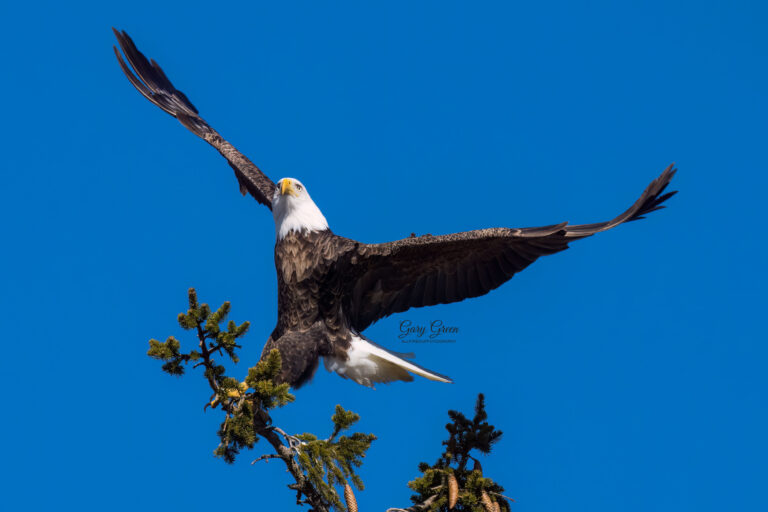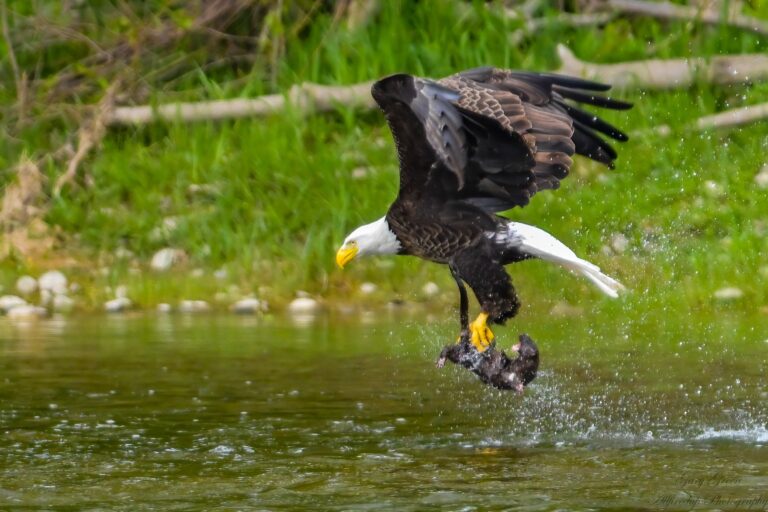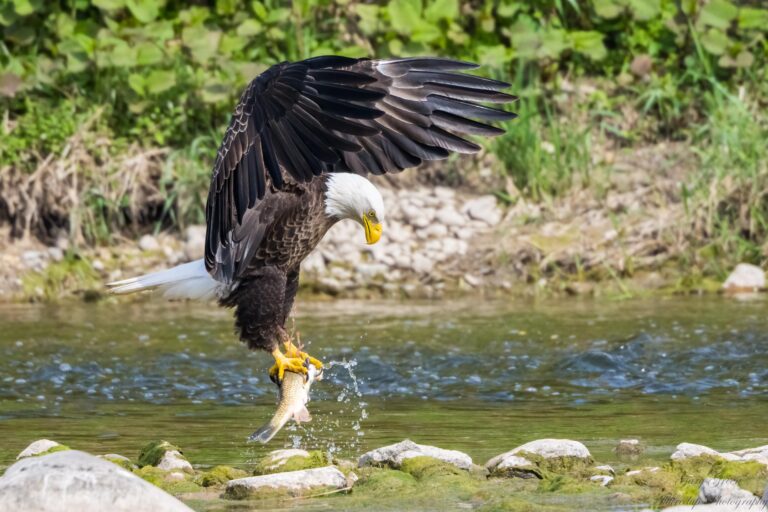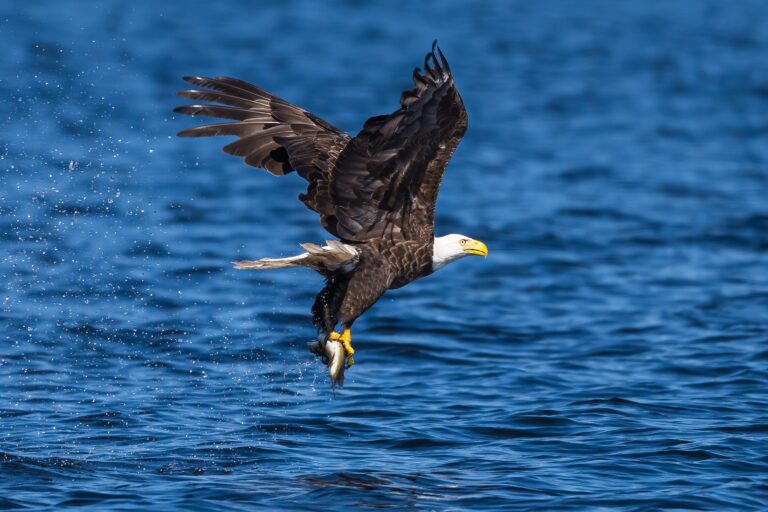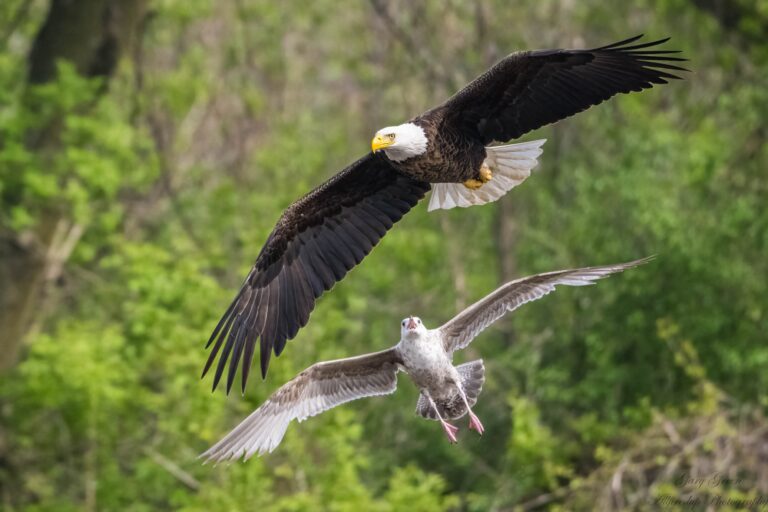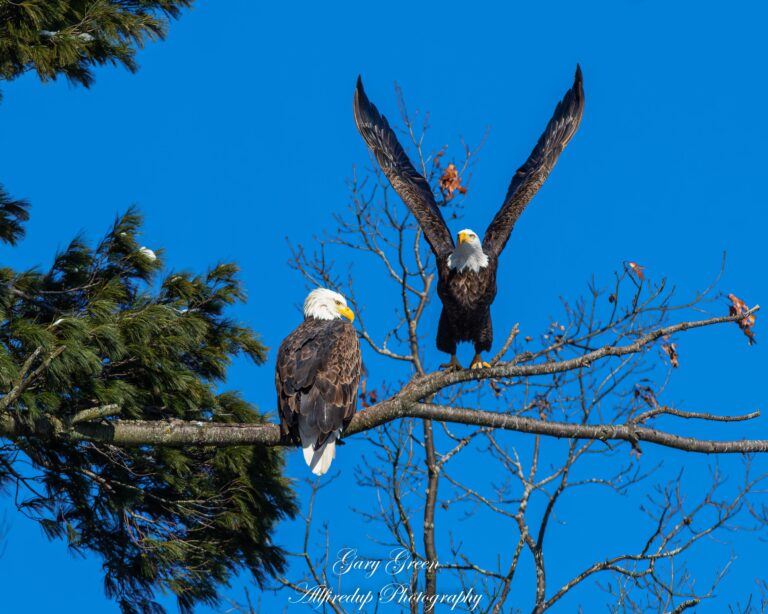Looking up: Return of two bald eagles a great sign for Cootes Paradise
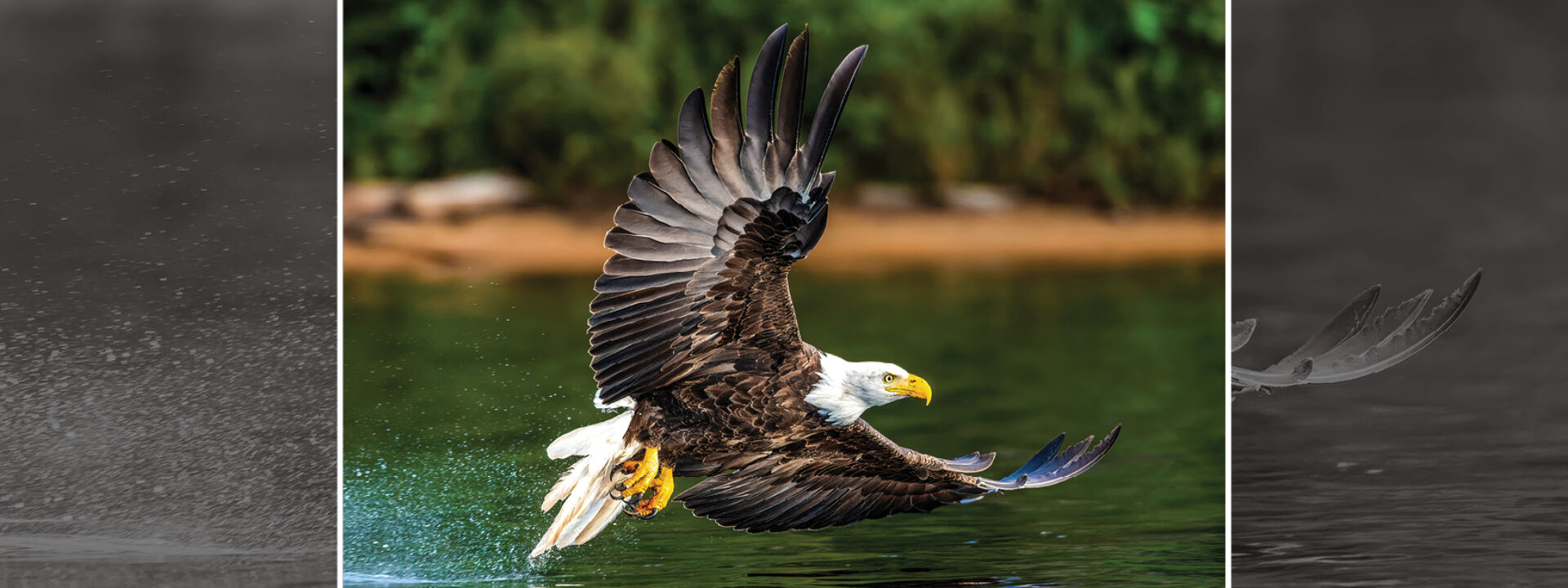
The nesting of these large majestic birds is a huge success story for the Royal Botanical Gardens’ efforts to restore Hamilton's ecological gem.
When I was eight or so, my family took a trip to Waterton Lakes National Park on the Alberta/Montana border. The highlight of the trip was a boat ride from the Canadian side to the American side where the guide announced breathlessly that if we craned our necks upward, we could see a bald eagle! A combination of hunting and DDT had nearly led to their extinction but now they were slowly returning to the wild.
Fast forward more years than I care to mention to May of this year and my friend Sean announcing on Facebook: “I swear I just watched a bald eagle fly over Hamilton!” Could there really be bald eagles flying over the downtown of one of Canada’s most industrial cities?
Not only is it true, but it’s a huge success story for the Royal Botanical Gardens and their effort to restore Cootes Paradise.
According to Tys Theijsmeijer from the RBG, migrating eagles have always used Hamilton as a stop over, but in 2011 two decided to stay and built the first nest in decades. After two unsuccessful years, the pair have produced two eaglets almost every year since 2013. “It’s quite remarkable really,” explains Theijsmeijer. The birds, he says, fall into a category of “large birds that didn’t quite get along with people.” These include wild turkeys, ravens, sandhill cranes, and other birds that in the past either ended up on the dinner table or were shot for harassing livestock.
Eagles need a certain level of ecosystem health to be successful. “They need a bunch of space,” says Theijsmeijer. “They need such a large area of greenspace relative to other birds, because they need to hunt in that area.” He explains they also need water to hunt the fish that make up most of their diet, tall trees, and freedom from harassment by people.
The birds have become a bit of a marker of the seasons for RBG staff and birdwatchers. “They always lay their eggs on Valentine’s Day,” he says. “The eggs hatch the first day of spring, and the little ones lift off from the nest the first day of summer.” Our warm winters allow the birds to stay here all winter, which means they lay their eggs much sooner than eagles that migrate.

For Theijsmeijer, it’s the size of the birds that allows them to capture our imagination. The birds at Cootes Paradise have a wingspan of at least six feet. “When you see them reasonably close you realize, holy smokes, those are really big birds.” They also catch fish, which is fun to watch. Their status around the world as big predators keeps us searching the sky for a glimpse and creates a sense of awe every time we see them.
This sense of wonder captured Gary Green when he was just a child. “I was always drawn to them, always stopped to look when they were on TV.”
Green, whose stunning photographs accompany this article, first realized there were eagles near his Stoney Creek home about six years ago. Green, a recently retired firefighter, has always enjoyed taking photos of wildlife, but photographing raptors has really “kicked the hobby into high gear.”
Raptors are more of a challenge to photograph than songbirds or animals like deer. “You can sit for hours without seeing a raptor,” he says. “Some days I get some wild, phenomenal shots, and some days I walk away empty handed.”
Highlights for Green over the years have included watching an eagle for an hour and a half as his cell phone buzzed frantically in his pocket. He broke eye contact with the eagle for just a moment to check his phone and looked up to see the raptor flying just over his head. He figured his luck had run out and was headed home when he noticed the sound of crows squawking at something. As he turned around, he managed to capture some photos of that same eagle returning to its nest with a rabbit.
Indeed, Green recommends that if you’re in the woods looking for eagles or even owls, you should watch for crows. They tend to mob raptors, and groups of crows squawking loudly can indicate that they are driving away a bird of prey.
Whether being mobbed by crows or not, the presence of bald eagles at Cootes Paradise are a bellwether for our Hamilton ecosystem. Not only do they provide hours of entertainment for hikers, paddlers and photographers like Green, but they also represent a level of ecological health for the area, and in a way for our city.
As Theijsmeijer explains, “They are sort of that thing in the background that gives you confidence for the future.”
In these days of wildfires and apocalyptic headlines, two big eagles and their not-yet-big offspring could be just the thing we need to have hope for our ecosystem for the future. Sometimes all you need to do is look up.
Jason Allen is the host of The Environmental Urbanist, Tuesdays at 1:00 pm on 93.3 CFMU, and has been encouraging Hamiltonians to explore the outdoors for almost two decades.







